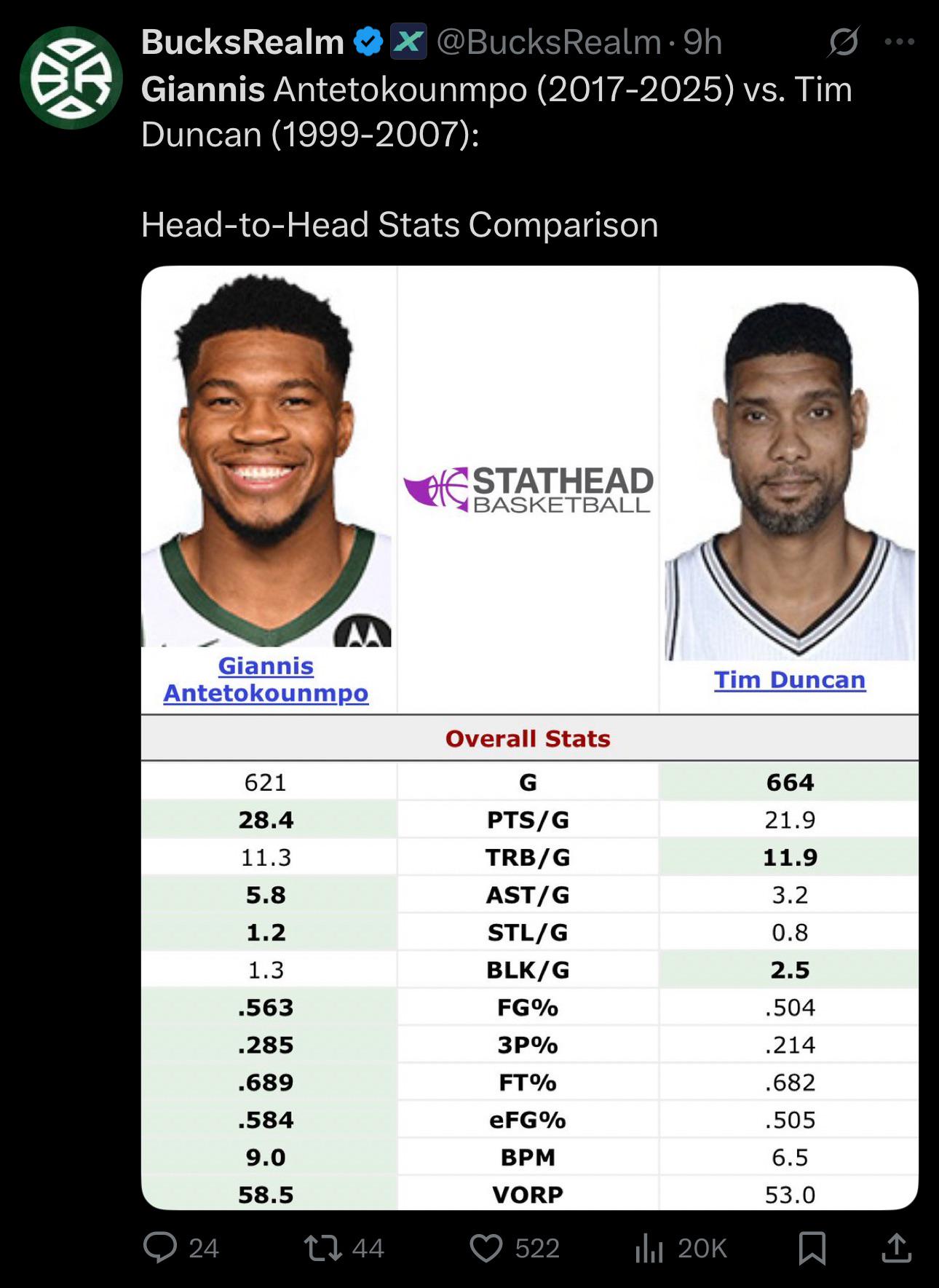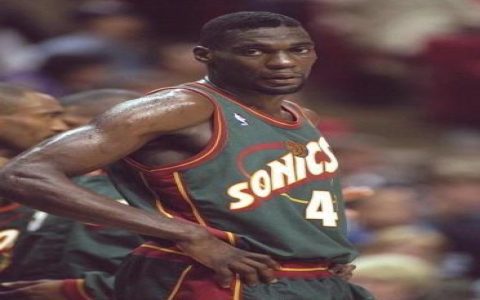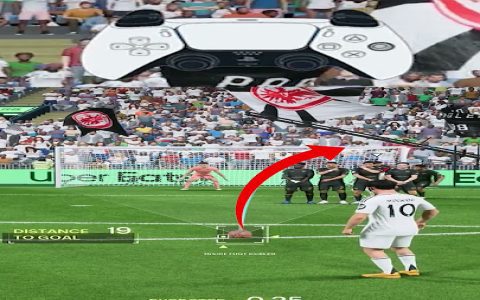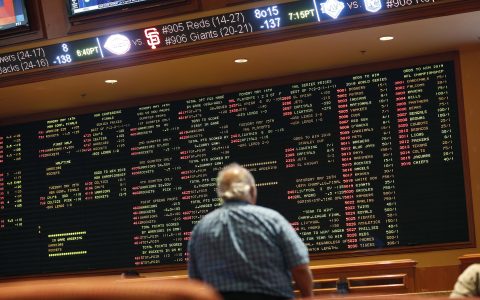The 1980s power forwards represent the zenith of old-school big man dominance, distinguished by a unique convergence of skills, physicality, and basketball IQ rarely matched before or since. They didn't just excel; they defined the era's frontcourt play.
Mastery of Foundational Skills
- Unparalleled Low-Block Offense: Elite footwork (Kevin McHale), advanced post moves (Kareem, though primarily C), and impeccable touch around the rim were prerequisites. Scoring against physical single coverage was a core expectation.
- Dominant Rebounding: A fierce emphasis on boxing out and controlling the glass on both ends. Players like Moses Malone epitomized relentless pursuit of every missed shot.
- Defensive Anchoring & Physicality: Rim protection and rugged interior defense were paramount. Enforcing the paint with hard fouls was standard (e.g., Rick Mahorn, Kurt Rambis).
The Critical Stretch-Four Precursor
Several elite 80s PFs possessed significant shooting range well beyond modern expectations for their position:
- Larry Bird redefined the PF role with elite perimeter shooting and passing, essentially inventing the modern "Point Forward" concept from the frontcourt.
- Kevin McHale developed a reliable mid-range jumper.
- Players like Terry Cummings and Adrian Dantley leveraged mid-range mastery.
- This blended low-post dominance with crucial spacing, a rare and valuable combination.
Versatility & High Basketball IQ
- Exceptional Passing: Bird (elite), McHale, and even more physical players like Buck Williams were adept passers from the post, facilitating ball movement.
- Positional Fluidity: While having defined roles, PFs often seamlessly played Center. Karl Malone, while peaking later, embodied the athletic, multi-skilled PF emerging late in the decade alongside talents like Ralph Sampson, whose combination of size and skill was revolutionary.
- Intelligent Defenders: Understanding team schemes, anticipating rotations, and providing smart help defense were crucial elements alongside physical toughness.
Physical & Mental Toughness
The 80s paint was a nightly battle zone. PFs thrived under constant contact:

- Durability: Handling nightly physical punishment was non-negotiable.
- Competitive Ferocity: Intense rivalries (e.g., Celtics vs. Pistons, Lakers vs. Celtics) demanded relentless competitive spirit.
Contrasting with the Modern Game
While today's bigs often excel in perimeter skills or hyper-specialized roles, the 80s greats offered a complete package without sacrificing traditional post dominance. They lacked the deep 3-point volume of today, but their inside-out scoring threat (post + reliable mid-range) was arguably more balanced and harder to counter with the era's defensive rules.
Their blend of fundamental mastery, physical dominance, burgeoning perimeter skills, and elite basketball intelligence created a prototype that remains the benchmark for "old-school" power forward excellence.





